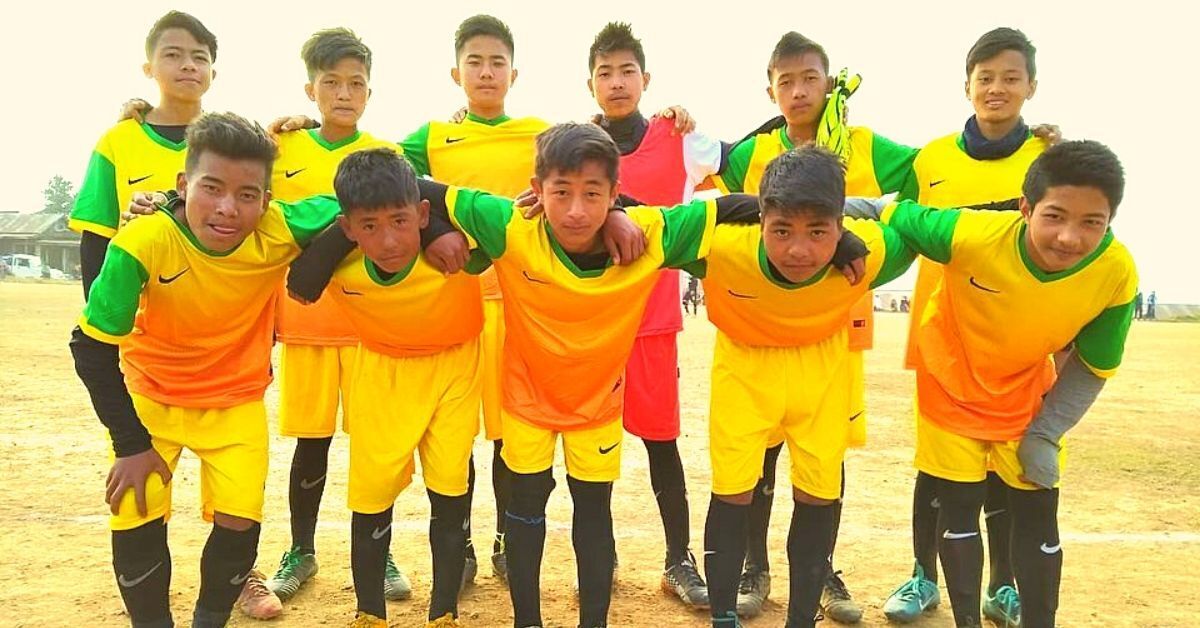
Uniting Clashing Tribes With Sports, Manipur NGO Improves Attendance of 500 Kids
How Recognize Rise and Empower Association (RREA), a non-profit in Manipur, delivers quality education and is ending clash of the clans through sports. Their Sports for Social Development programme in Kamjong district is significantly improving students’ attendance, too.
By Rinchen Norbu WangchukLast March, while the rest of the country was in lockdown, two villages inhabited by the Kuki and Thankgkul Naga tribes, respectively, in Kamjong district, Manipur, were suffering an ordeal of another kind. The Kukis from the Chassad village and the Tangkhul Nagas from the Sampui village have been engaged in a violent feud over decades-long land dispute. This resulted in armed attacks, burnt down jhum fields, homes and looting of household goods.
Such clashes capture the hostility that has existed between both tribes since colonial times. Suffice it to say, these hostilities revolve primarily over land rights, and more importantly, these clashes in the state aren’t limited to these two tribes or communities. In such a context, it does beg the question, what possibilities can sports create in a region which has historically witnessed different ethnic conflicts, bloodshed and violence?
Mathanmi Hungyo, the founder of Recognize Rise and Empower Association (RREA)—a non-profit which is working towards delivering quality education in Manipur’s border villages—and Rohit Agarwal, a programme director with RREA, explored that possibility in early 2018.
After all, this is a state which has consistently produced elite athletes ranging from Ngangom Bala Devi, the first Indian woman to become a professional footballer who currently plies her trade at Scottish giants Rangers FC to champion amateur boxers like MC Mary Kom and Dingko Singh, and weightlifting legends like Mirabai Chanu.
Tapping into the sporting potential of the state, RREA started an initiative called Sports For Social Development in 2018. They piloted the initiative by collaborating with Tata Trust to launch Manipur’s first grassroots football centre in Kamjong High School. The intention behind this centre was to create a space for children to come and play.
Speaking to The Better India, the 27-year-old Mathanmi Hungyo, who identifies as a Tangkhul Naga, remembers growing up in Imphal city as a minority.
“At school, you could feel the tension and hostility that existed between different communities in terms of how we sat together in class and how we made friends. But on the field, where I loved playing football, we would unite irrespective of which tribe or community we came from. Our only objective was winning and playing the game. Taking note of my personal experience and thinking about our people, who love playing sports, we felt this could be a medium to strengthen our sense of fraternity. A lot of our personal experiences went into developing this programme because we could see how sports could unite us by offering us spaces where we can come together,” notes Mathanmi.
“The pilot programme in 2018 created a monumental impact on developing children’s interest in sports. Many children started participating at the centre. Aside from marginally improving student attendance and enrolment, the most interesting outcome of this initiative was that children from different tribes started playing and interacting with each other. Leaving aside their identity-based differences, which have roots in historical clashes between different tribes in the strife-torn region, sports became a tool of conflict mitigation and peace-building among the students,” claims Rohit.
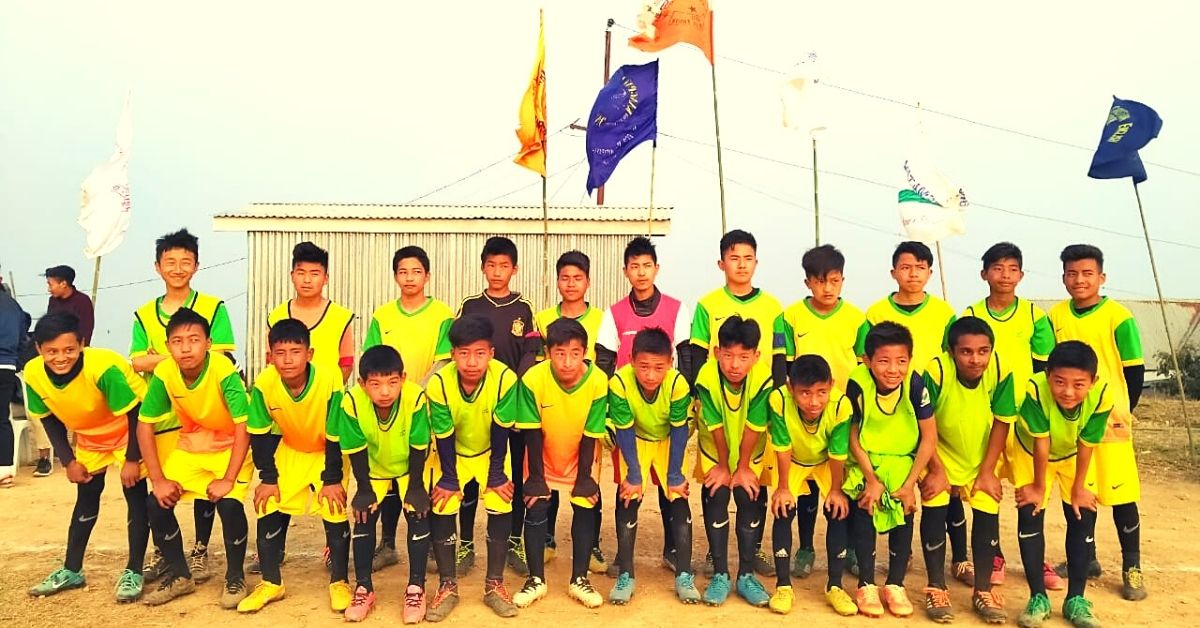
Breaking barriers through sports
Upon seeing the positive impact of their grassroots football centre at Kamjong High School, over more than one and half years, Mathanmi and Rohit felt a more comprehensive approach was required in their Sports for Social Development initiative. One which would encompass other aspects of children’s education.
Thus, in early 2020, the RREA expanded its grassroots football programme to other government schools—Phungyar Higher Secondary School and Kasom Khullen High School—and included other sports like volleyball, badminton, table tennis and even carrom for those interested in outdoor games.
Funded by the Kochi-based Anaha Trust, the programme also covered elements like developing play spaces in schools. This employs a more participatory approach where school, children, and community become equal participants in developing play spaces. Apart from this, the program intends to increase children’s attendance in school, support their learning competencies and enhance the scope for personality development. It also supplements RREA’s Teach For Northeast Fellowship program.
“These schools are located in places driven by underdevelopment, insurgency, conflict and violence. Therefore, the value of sports is very high. Children from poor and marginalised backgrounds undergo different mental health issues, social dysfunction, and many other issues which affect their ability to learn. In such a context, a mediator like sports can actually ensure children’s right to quality education. The influence of sports on character formation and social cohesion has direct bearing on peaceful attitudes. It also helps children to better express themselves in the process. Self-awareness is an important life skill which children often develop through sports,” argues Rohit.
These elements evidently have a bearing on achieving peace between different communities, an essential objective for any initiative seeking social change.
“Sports offers a platform where children from different ethnic groups participate together to play and interact. This has led to building peace amongst each other. These children would otherwise remain in their own social groups when inside a classroom. But with the advent of our sports programme, their interest in playing with each other has grown. Sports has helped break these social barriers and encouraged children to interact with each other,” he adds.
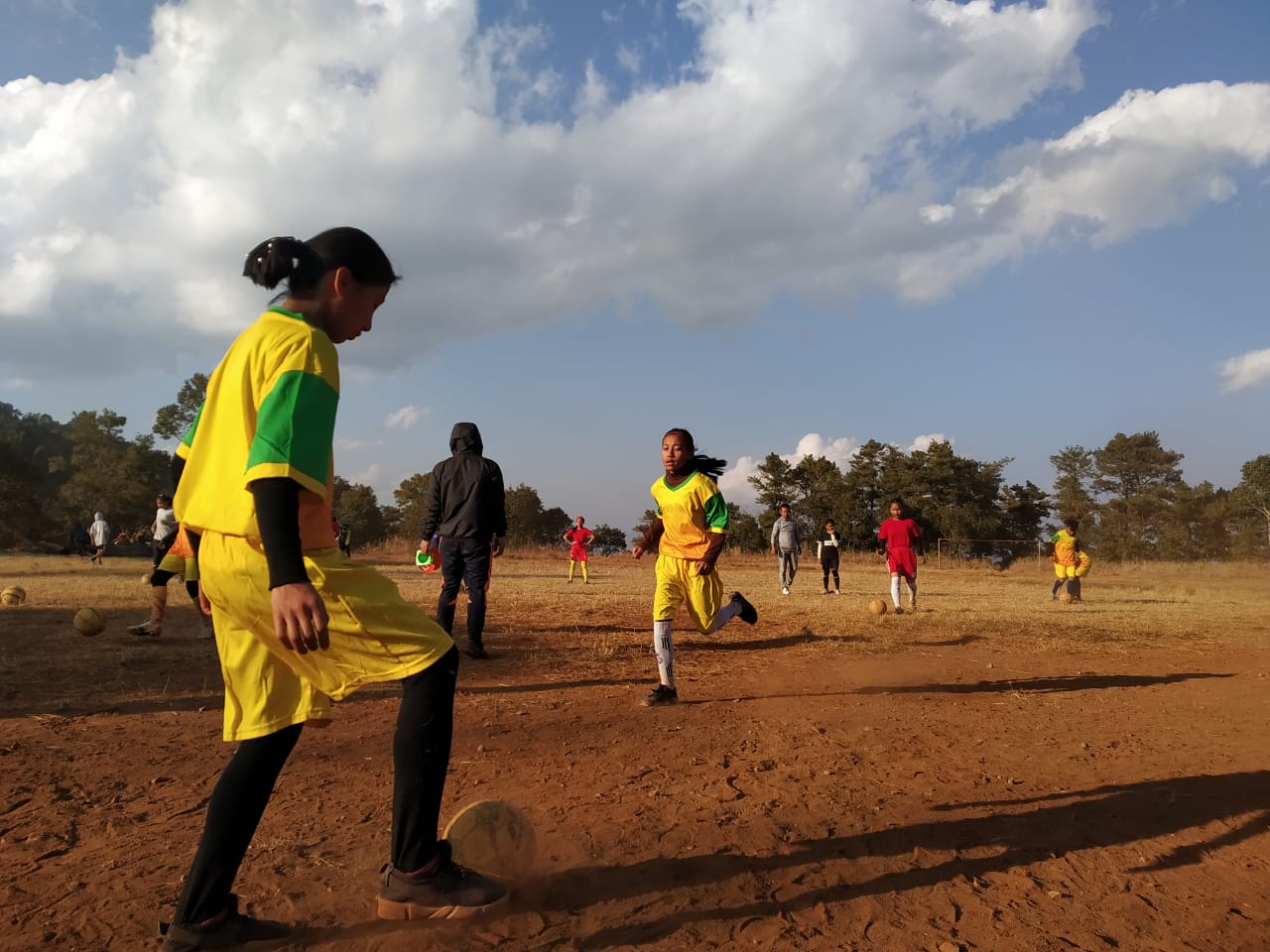
Inspiring youth, inspiring generations
Driving the RREA’s initiative in these schools are 14 members of the organisation and sports educators, who have left behind good opportunities to return home and make a difference.
Take the example of Viso Shimray, a certified All India Football Federation (AIFF) ‘D’ licensed sports coach, who has previously worked with the Baichung Bhutia Football Academy in Delhi. Viso has come back to Manipur to be around his community in Kamjong and help the children through Sports.
“These educators are passionate youth who come from local communities. The idea is to invest and build capacity of the local youth so that the intervention remains sustainable. Also, these youth can inspire and become role models for the children as they would be able to relate with the local people more than someone from outside,” says Rohit.
The educators are qualified to conduct sports training and have prior experience in the field. They are both graduates and hold a masters degree in physical education. One of their educators, for example, completed his Masters degree from National Sports University.
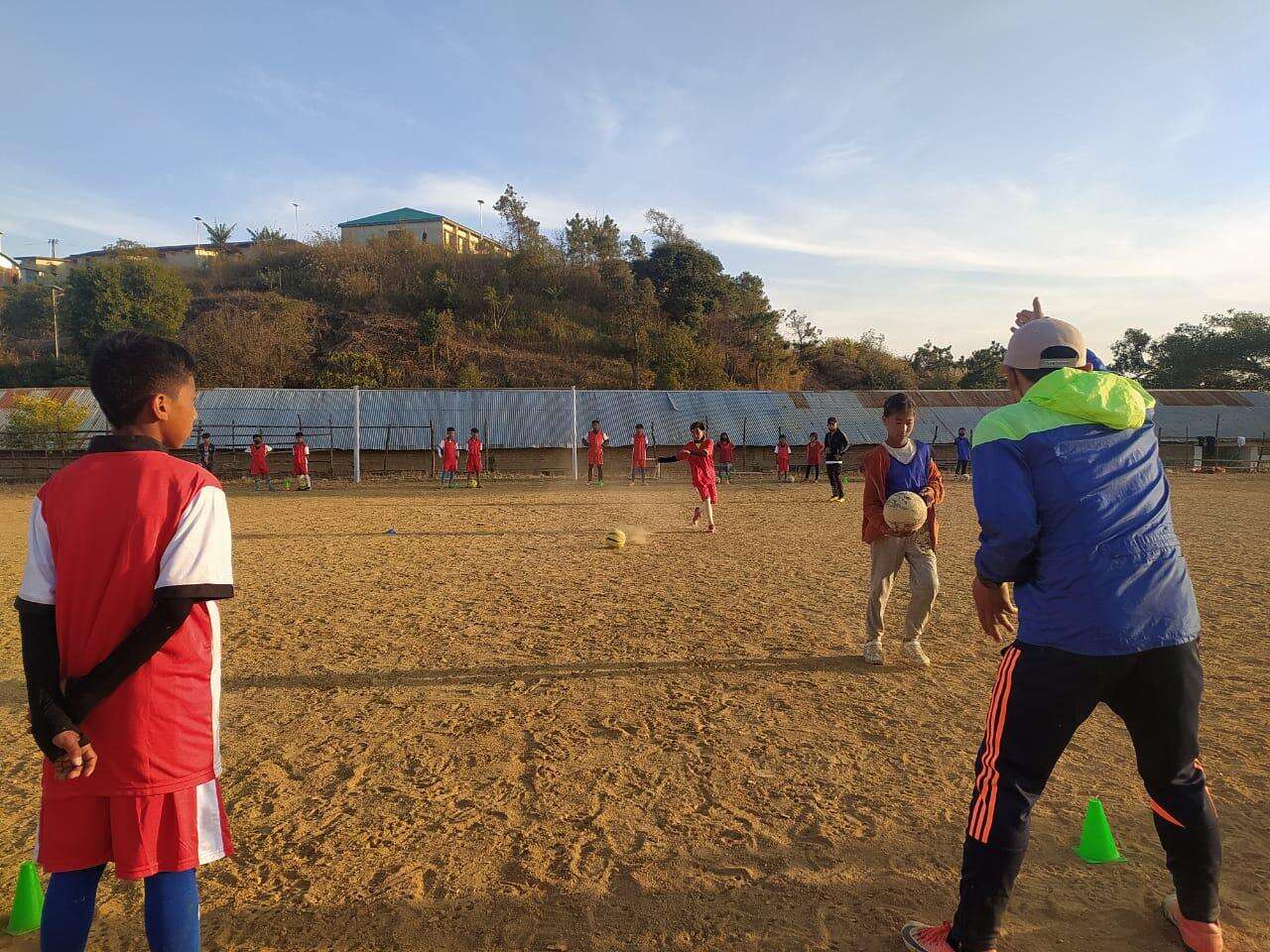
“Sports sessions at these three schools extend for three-four days in a week, although earlier it was for all school days. But our sports educators felt that students needed regular breaks for physical recovery. Today, these sessions last for about 1.5 hours after school. They are coached for an hour and then play for another 30 minutes. Besides football, there is volleyball, badminton and table tennis. For those not interested in outdoor sports, we give them facilities to play games like carrom board. These students can choose whatever sport they want, but most girls and boys love football. Our project schools also participate in local sports tournaments. One of the schools, Phungyar Higher Secondary School, will host the upcoming inter-district sports competition,” says Mathanmi.
Recently, the Kamjong High School boys football team were awarded the ‘Best Team’ in a district-level school tournament thanks to their fine performances on the pitch. The team is now getting invitations for other tournaments organised at the State level.
Assisting the RREA is the district administration, which has extended their full support.
“We have received total cooperation from the district administration, but no monetary aid. For the recent Border Area Development Programme, a centrally sponsored scheme implemented by the State government, the local district administration has sent a proposal to better equip indoor badminton and basketball courts at these schools. Although the proposal hasn’t been approved yet, they have expressed a genuine desire to help us build the necessary sports-related infrastructure for these schools,” adds Mathanmi.
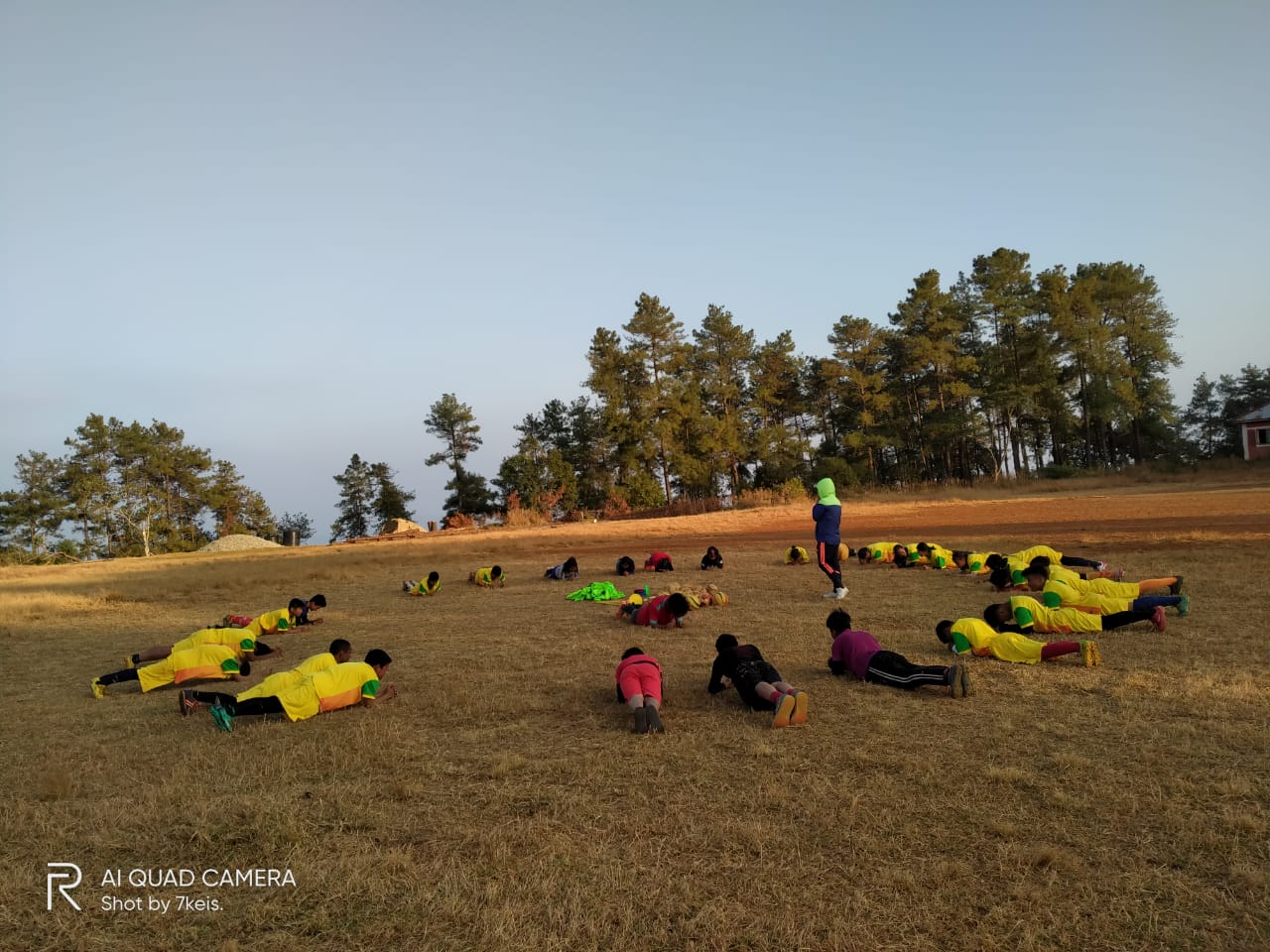
The boys and girls who love football
Hanminao Malung, a student of Kamjong High School from Bungpa Khullen village, talks about how football has become a genuine medium for self-expression. Before the initiative took shape, she talks about how girls would mostly roam around the corridor or talk amongst their groups during their free time in school or recess. But thanks to educators like Viso, she found a platform to express herself through sports.
“One of the best things about sports in our school is our sports educator. Viso Sir provided us with all the necessary equipment and guidance to play sports. He also teaches us the health benefits of playing sports which no one told me before. Before our new sports educator, we were very hesitant to play sports. We felt that only boys would play sports like football. But our sports educators have also made girls play football. I like it when he brings together both boys and girls into mixed groups to play sports. Besides raising my confidence, the best part of playing football is the friends I have made,” she says.
Mangjalen Haokip, a 13-year-old boy from Chassad village, has always devoted himself to football. He was among the first students to join the sports programme at Kamjong High School in 2018. Prior to it, he played on his village playground without any guidance. Much to their credit, his parents have really encouraged him to pursue his interest in the sport.
“There have been various improvements in me personally and socially after attending the sports sessions. I am more open, confident and motivated. Thanks to sports, I have made many friends from other tribes, which I think helps the larger society,” he says.
Besides technique and skill, Mangjalen says that the football programme has taught him good manners, how to maintain a positive attitude and respect for punctuality.
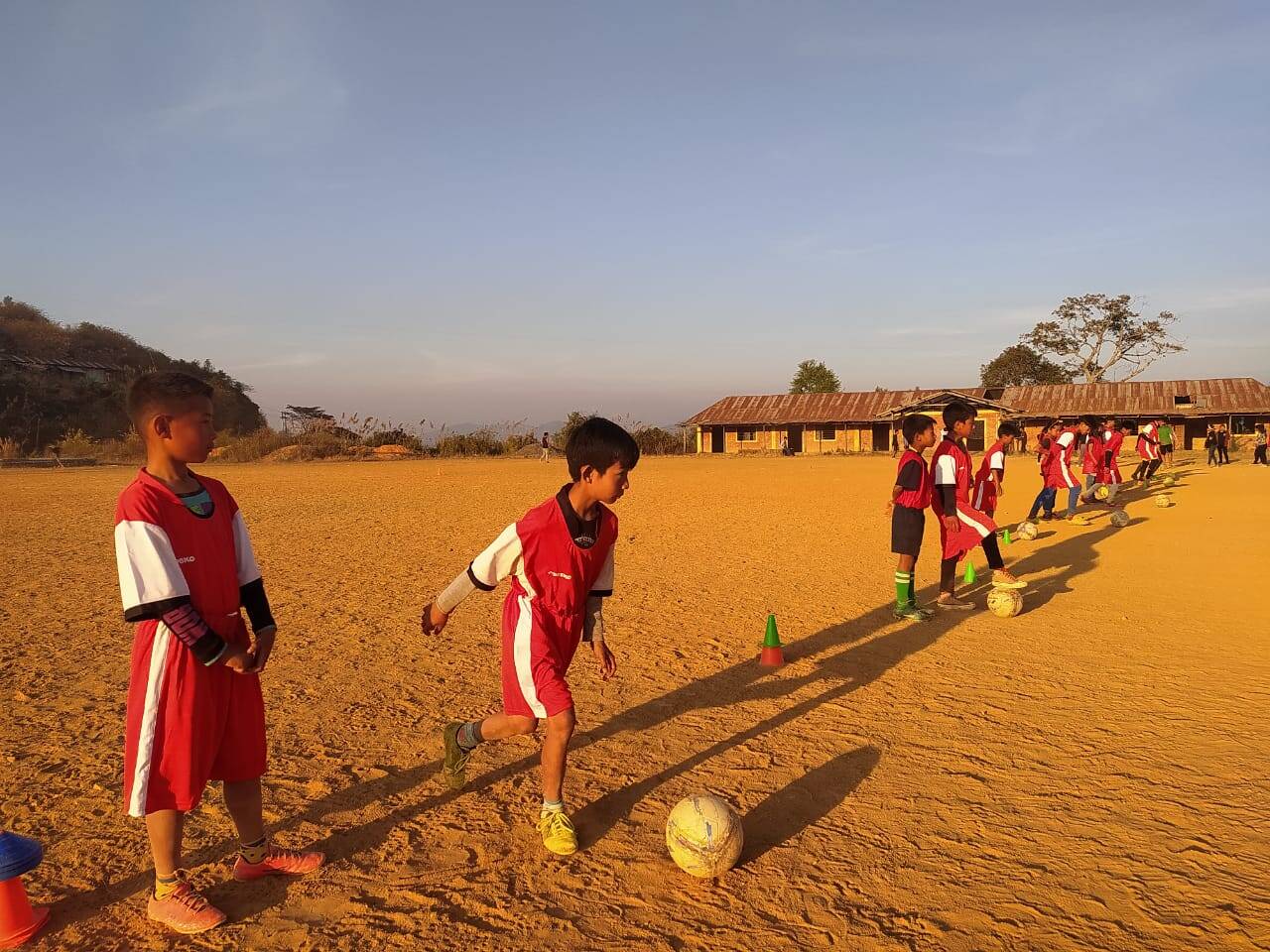
“One of the biggest impacts of our initiative has been that children from different tribes started playing and interacting together. Children from different tribes are getting along well with each other and communicating in English. Before it was very common to see children interacting only with students from their tribes and speaking in their respective dialects. Also, during these sporting activities, it has been observed that children are now more supportive and accepting towards appointment of captains/other leadership positions towards students from other tribes. This change in the mindset of students and positive behavior development is the most rewarding impact of our initiative,” says Mathanmi.
Another significant impact has been improvement in school attendance. According to the RREA’s own findings, as a result of their intervention across the three government schools, 484 students (240 students – Phungyar High School, 170 students – Kamjong High School, 74 students – Kasom Khullen High School) who would earlier attend class less than 40 percent of the time now have attendance levels averaging over 80 per cent. Meanwhile, for the upcoming academic year, there are 200 students looking to enrol in Phungyar High School alone thanks to their sports development programme.
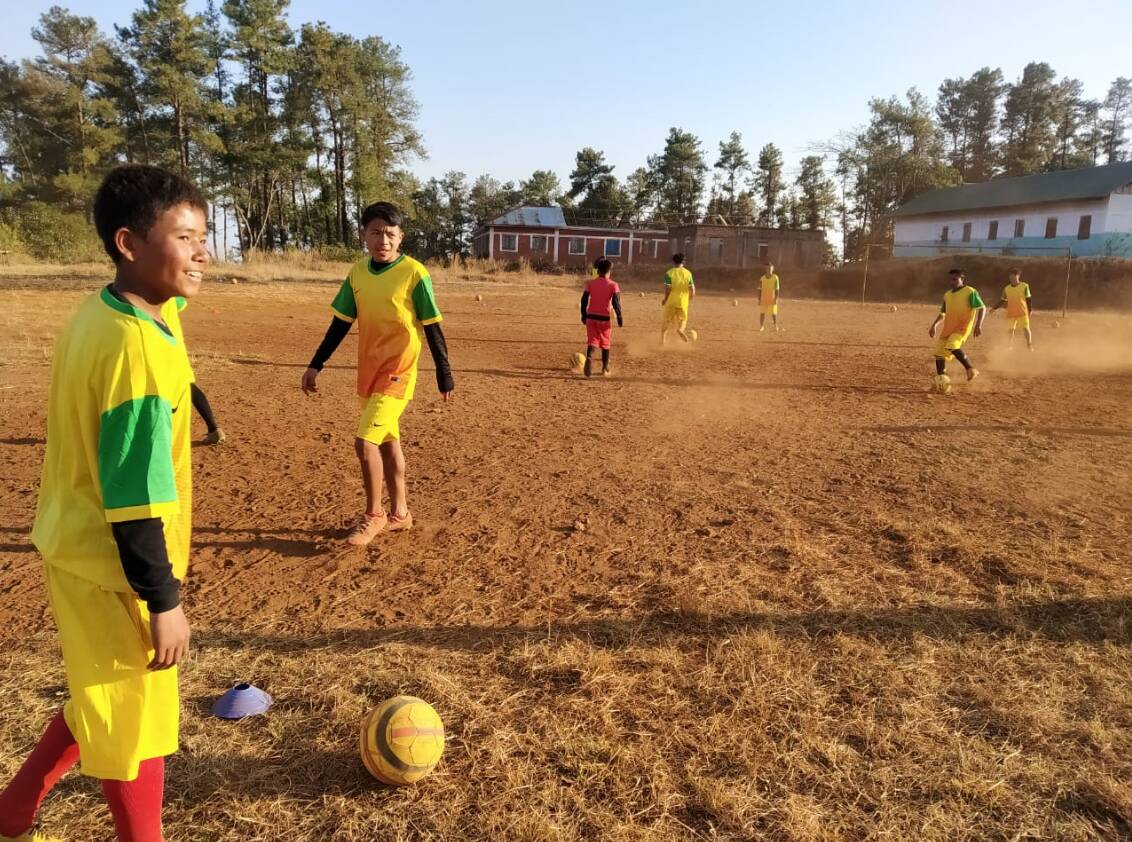
“The openness of these sports programmes encouraged school-going children to participate in the sport of their choice irrespective of their individual skills and talent levels. Apart from the three project government schools with around 500 direct student beneficiaries, RREA’s sports program is also supporting close to another 500 children from other community schools through sports. In total, we are impacting close to 1000 children. These 500 children are part of other community schools that also come to participate in the sports program. The number of these community schools varies in the range of 12-14 in number with a mix of private, government aided and government schools,” says Rohit.
“Any child who does not have access to play spaces lacks the opportunity to develop holistically. Thus, creation of play spaces in schools provides children with an opportunity to network, socialise and interact with each other. They are now able to establish positive relationships with their peer groups and students from other tribes. In addition, children are able to form a positive self-image, thereby allowing themselves to accept the way they are. This gives children a better understanding of values like empathy where they are no longer judging others. Instead, they are cooperating and supporting each other,” says Mathanmi.
Source: thebetterindia.com/







0 comments:
Post a Comment